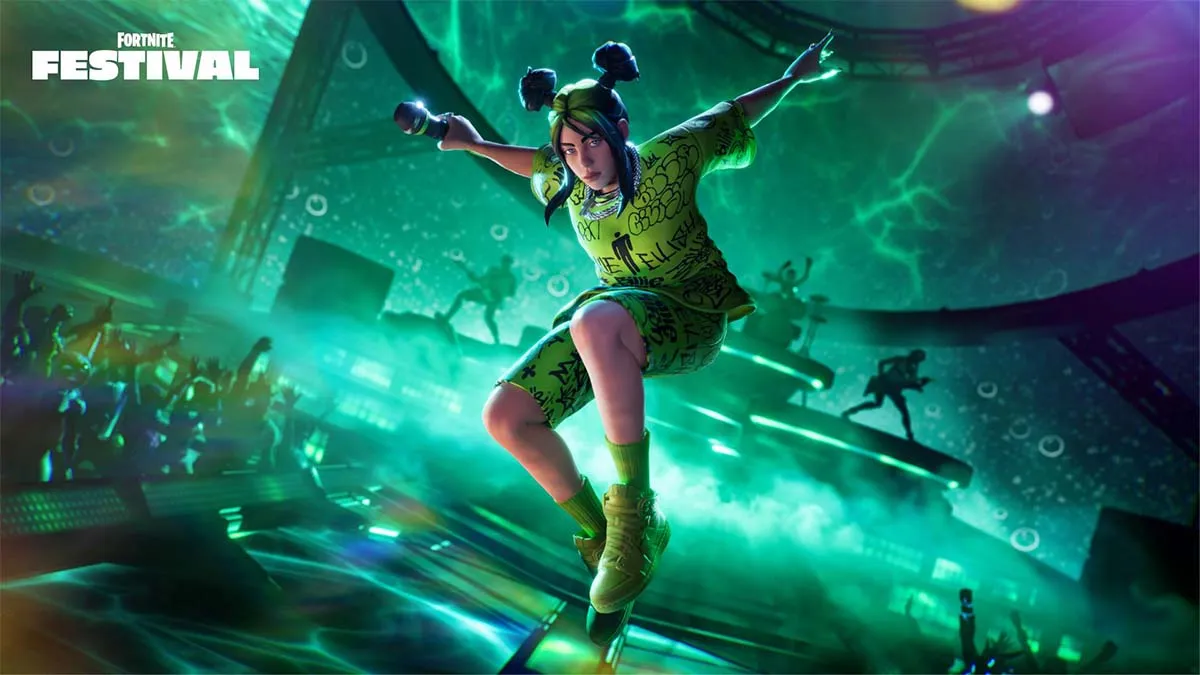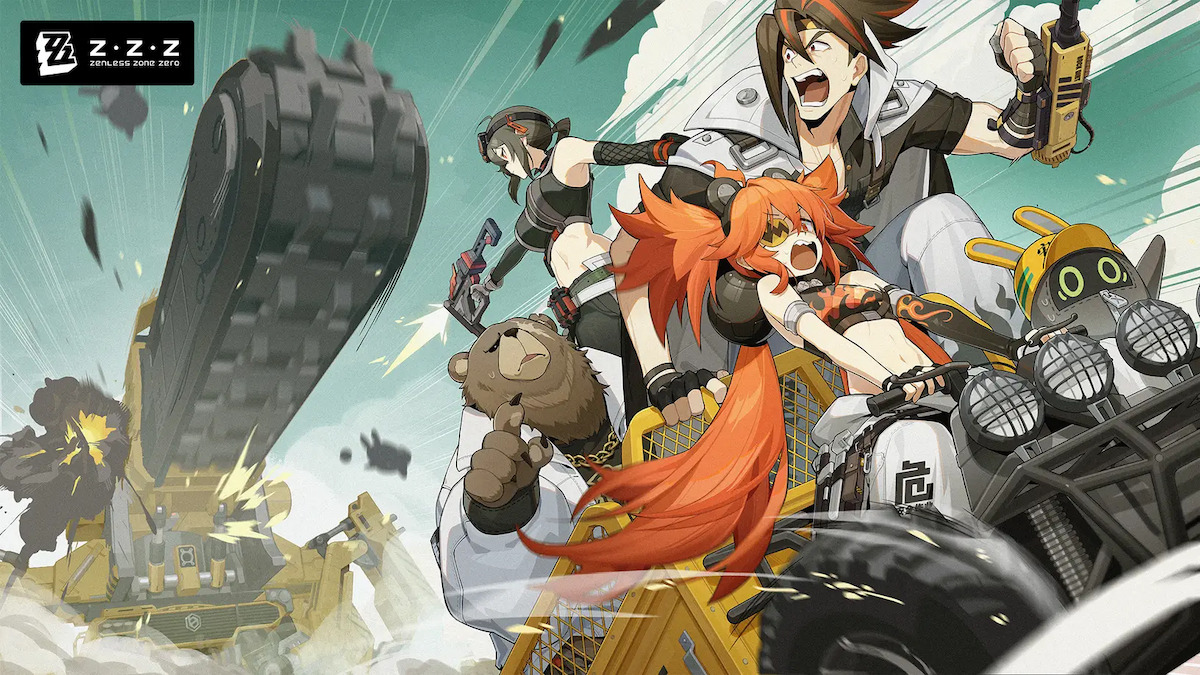The multiplayer demo for DICE’s upcoming war FPS, Battlefield: Bad Company 2, has been out for a while now, and as the release date approaches, people are eating up the one-map demo and finding themselves consumed despite the lack of content. I should know; I’m one of them. It’s no surprise, really. The Battlefield series is perhaps my favorite war shooter series, and the first Bad Company kept me thoroughly entertained with its humorous, original take on the single-player campaign and its always-addictive multiplayer.
But yet another excellent quality of the game didn’t become apparent to me until much later: its stellar audio. The battlefield seemed to be represented aurally in a way that hadn’t been achieved before in a war game. Explosions sounded authentic from near or far, and firing a weapon sounded better than it did in plenty of high-budget films. Even the music choices supported the creation of a war zone that felt completely different from what most modern FPSs offer. Based on what we’ve seen of Bad Company 2 so far, the audio will be no less impressive; I’ve already seen chatter around the net of how good the game sounds.
But what is it that sets the game’s audio apart? To find out, I went straight to the source. Stefan Strandberg, Audio Director for Bad Company 2, and David Mollerstedt, Head of Audio at DICE, took me into the aural world of the Bad Company series: one that goes far, far beyond giving players some sounds to listen to as they play.
To start off our e-mail conversation, Stefan gave me some thoughts on the overall goal of videogame audio. “I believe what makes truly excellent sound design is the ability to conform the sound-scape to transport you into the world you are creating.” Today, the technology behind the audio, combined with the demands of complex narrative-driven games, require a much different, much more multi-faceted approach. “We’ve come to expect more from sound design these days. The lowest bar has been raised, and sound can be an extremely powerful ally for narrative.”
This isn’t a simple process, of course, especially in games that don’t always follow a highly scripted progression. Stefan points out those two separate disciplines of sound design have to be considered: storytelling through audio and the creation of audio worlds. “Storytelling by great sound design is one thing that I have so much respect for,” he says, “but I would still consider creating believable audio worlds paramount.” One can imagine how important these audio worlds are in a multiplayer component, where narrative cannot be relied upon to direct the audio.
Of course, there are plenty of games that have believable audio, but just don’t sound as good as Bad Company 2. So, what’s the difference?
“I believe the results are based on a combination of two things,” Stefan says. “First, we listen.”
Simply listening may sound like a simple step, but in terms of fine-tuning a set of sounds and the subtle differences between them, this step is vital. “We don’t assume anything when we create sounds for our game. It is so easy to break immersion, so we work hard to counteract repetition, because a game by nature is repetition. So a lot of sounds do have factors of dynamically generated manipulation applied to them.” The fruits of this effort are apparent; five minutes with the game will make the differences in sounds obvious, such as the drastically different sound of explosions nearby and at a distance. It’s a far cry from just lowering the volume of an effect.
“Secondly, we strive to make war sound like war even if you play our game at lower volumes. That is a factor that I truly believe is key.” I have to agree; far too many games sound poor at low volumes, losing not only fidelity but also the audio immersion that is created by a really loud, powerful setup. “A lot of games do sound good when played back in a studio or bigger home cinema playing at louder levels. So does our game. But, what about playing war at comfortable levels? That’s where I think we shine. Our game sounds loud and dangerous in a TV.” Even with one ear covered by a headset and volume at a lower level, you’ll never feel like the audio has lost its power.
The audio team for Bad Company 2 also spends plenty of time on the less apparent aspects of audio design. David has plenty to say about the use of ambiances in the game. “The ambiances we have in Bad Company 2 do much more than just provide background noise for the other noises to sit in.” According to David, this is especially apparent in the single-player campaign. “[We put] a type of narrative in the ambiance for each level. They are made to provoke a feeling that resonates with the current stage in the single-player narrative. It works probably mostly subconsciously; by putting extra effort and thought into the design, there is a lot to gain.”

Many players might have stumbled upon another minor addition to Bad Company 2 in the demo: the “War Tapes” audio setting. According to David, this was an addition intended to provide the player with a way to get right down onto the battlefield. In my experience with the demo, sounds become instantly more powerful, giving the game a huge, epic feeling. “We pushed the sound-scape to become really close and upfront,” David says. “Perhaps not the choice for the puritan audiophile, but for all out action it gives a sense of presence that is hard to match.” It’s also not the setting you want to use if you have old people or skittish cops as neighbors. Just saying.
As you can understand, none of this is easy. Even some of the seemingly simpler tasks, like keeping the levels of different audio assets in check, require a ton of attention. “It’s a combination of tech systems such as the HDR mixing system [a much touted element of DICE’s Frostbite engine that you can learn more about here] and just good old hard work,” David says about the work required to ensure that the player can hear what he or she is supposed to hear. “We also work lots with the actual sound of the voices, doing filtering and equalizing [so] a character can cut through [the other sounds] without being too harsh.”
Turning their attention to the specifics of the team’s process, David reveals just how tied the audio is to the rest of the game design process, including ensuring that the game itself is good. “Since a lot of the time it’s ‘the game’ that plays the audio, to have great sounding audio you need a game that plays well. It’s about pacing, balancing, AI, the list goes on.” All of these are included in the many, many tasks that an audio team must keep its attention focused on. After all, how many times do we notice stellar audio in a bad game?
It works the other way around, as well. “The sound you hear is very much a team effort, and I don’t only mean an audio-team effort, but a game-team effort,” David explains. The team must decide exactly how the audio will be implemented, and how it will complement the other game elements.
And there are plenty of important decisions that need to be made before this can happen. One such decision relates to how the sound complements what appears on screen. “First it’s a decision about what is important to hear, and [the game must] play those sounds,” David says. “Then, secondly, [it must] play all the expected sound to cover the basic things happening on screen.”
“I think it’s important to take control of the audio and not let the game do the audio direction by just playing what happens to be triggered by the game engine. Then of course the other side of that is to influence the gameplay to play out in audio-friendly way. A lot of the time pushing the gameplay towards a better sounding place also makes the game play better, because somehow there then has to be a natural pacing and flow in what happens.”
It’s easy to forget that all of these sounds that go into a game have to come from somewhere. The foley work, or the process of creating sounds for use in the game, is especially impressive in Bad Company 2. Sounds are gathered in a variety of ways; metal sheets can be hit with hammers to create a shotgun sound, for instance. To me, foley has always seemed incredibly fun.
I didn’t know the half of it, apparently.

For Bad Company 2, EA flew a group of development studios out for three days of foley ecstasy. “Last year we did a large recording session in LA as a joint venture between DICE and three other EA studios,” David explains. “We spent three days up in the mountains north of LA and got a huge amount of great assets. The LA recording was quite a big operation; we planned it a long time in advance. EALA organized all the logistics. The list of weapons fired was extensive to cover the needs from several projects. And the number of microphones was equally impressive.”
Now there’s a job I wouldn’t mind having. Still, even the foley process has many approaches. “I would consider us very naturalistic in our approach towards foley and guns.” Stefan explains. “We are not trying to construct sounds as much as picking the right source to build the family of sounds that we want to have.” Beyond that, there are plenty of considerations apart from choosing the right source. “Sometimes picking the right microphone can do all the difference.”
“I think that the magic happens later in the process,” David says. “The source assets are the ore or the gold nuggets. Then there needs to be many stages of refinement before we have our hopefully brightly shining and sparkling audio coming out of your speakers.”
Something that I just had to ask the pair about was the choice to include such unique music selections in the original Bad Company. In any given online battle, you might hear a Humvee careening through the countryside blasting surf rock, only to be blown to bits seconds later by a player’s explosive charge. The single-player was designed similarly, with a huge variety of music types heard throughout the campaign. I asked what was behind this decision.
“We didn’t take the obvious route with the music,” Stefan replied, “and that’s partly what made it memorable. I think the game really needed something to counteract the brutal violence on screen, something that didn’t just add to the mayhem. I didn’t want to aestheticise violence by music.”
“Instead, it became a very powerful ally to build another world that was just slightly off axis from the real world.”
So, should we expect more of the same from Bad Company 2? Perhaps not.
“Bad Company 2 is still that universe, but there’s more at stake this time, and the sense of adventure is bigger. The soundtrack is used sparsely and it contains both minimalistic and bombastic sections.”
Indeed, Bad Company 2 appears to be a very different game in terms of its tone, largely leaving behind some of the whimsicality and humor of the original in favor of a larger scale and more war-like tone. Players will get to see if the overall experience matches up (or perhaps surpasses) the original when Bad Company 2 releases in North America on March 2nd.




